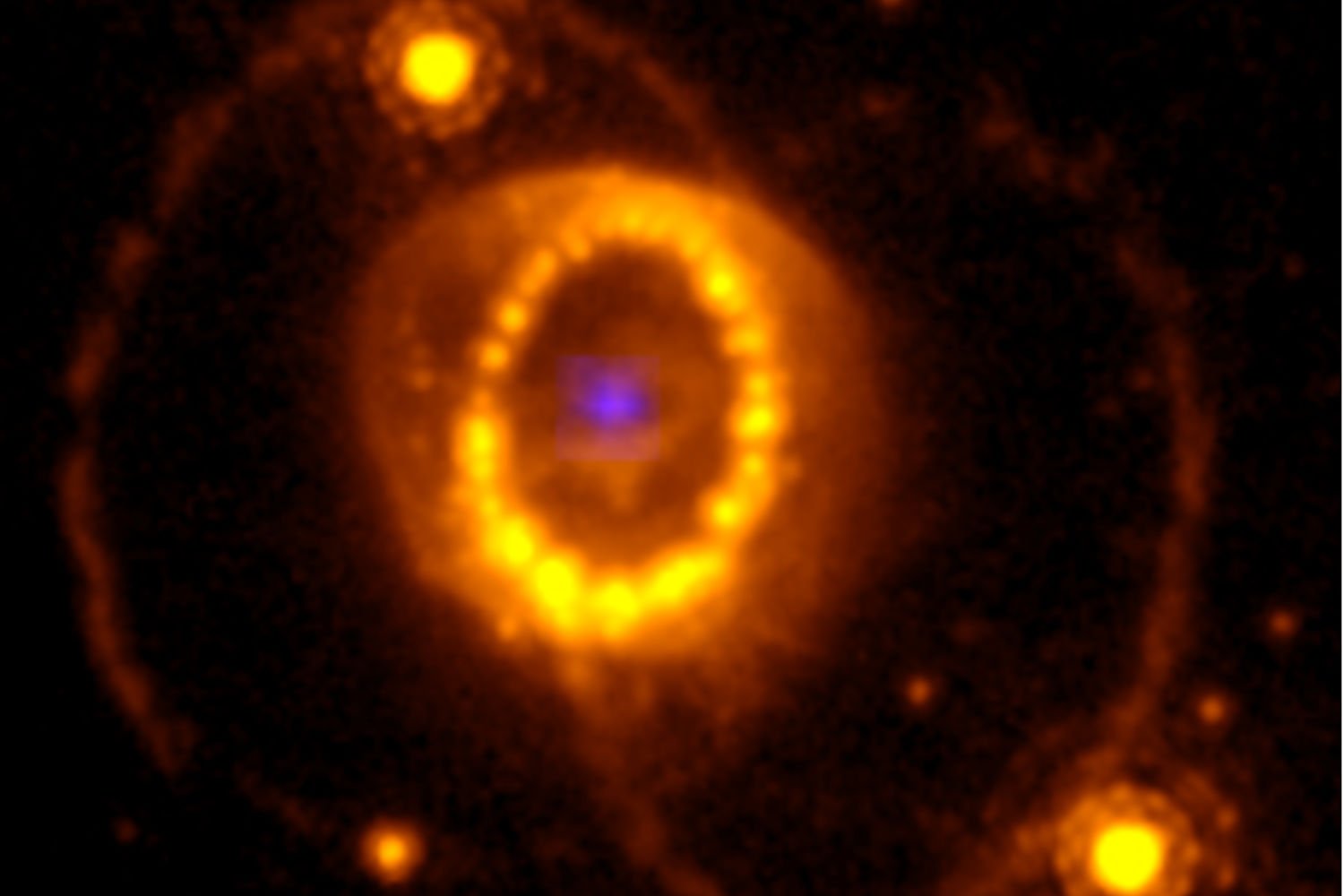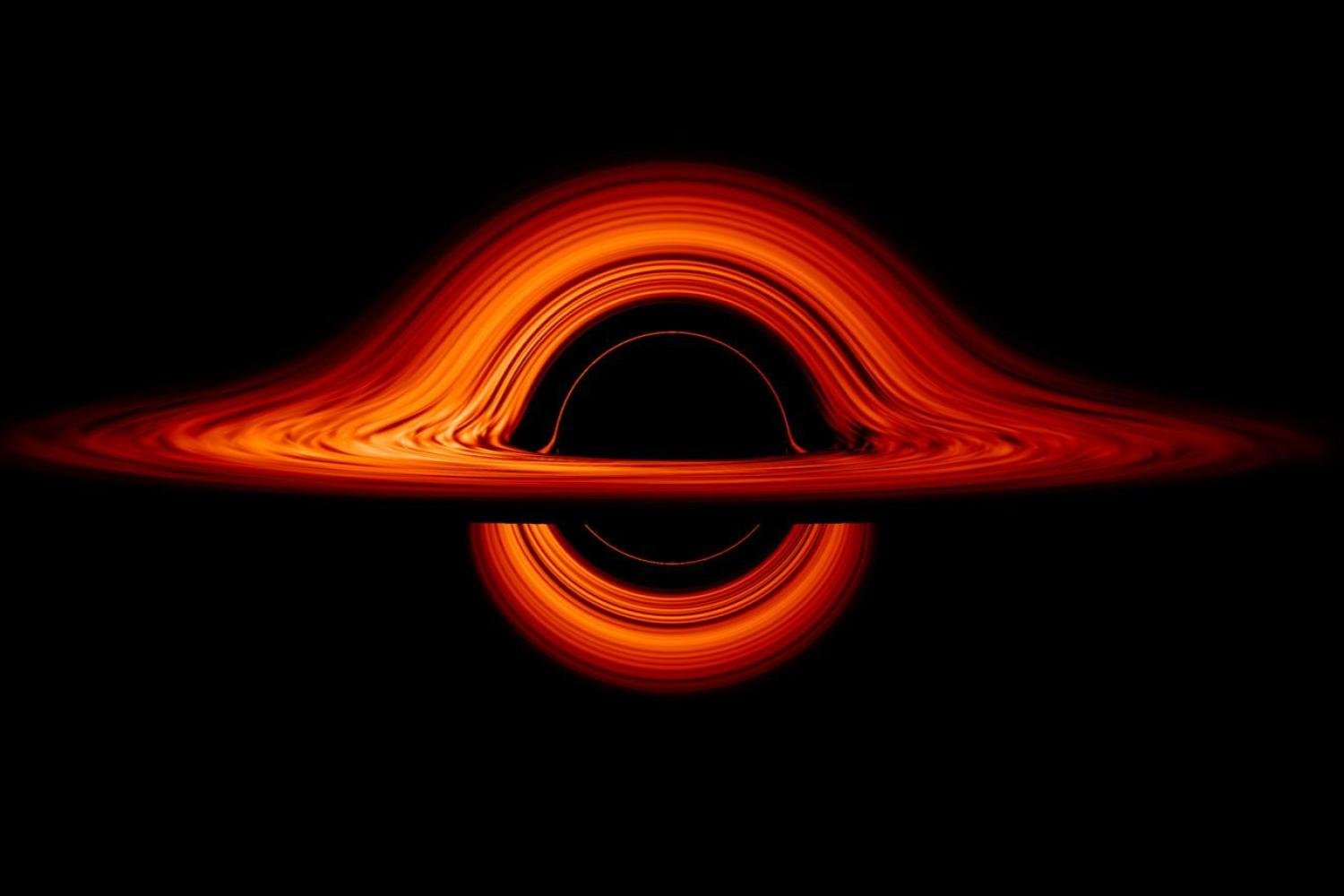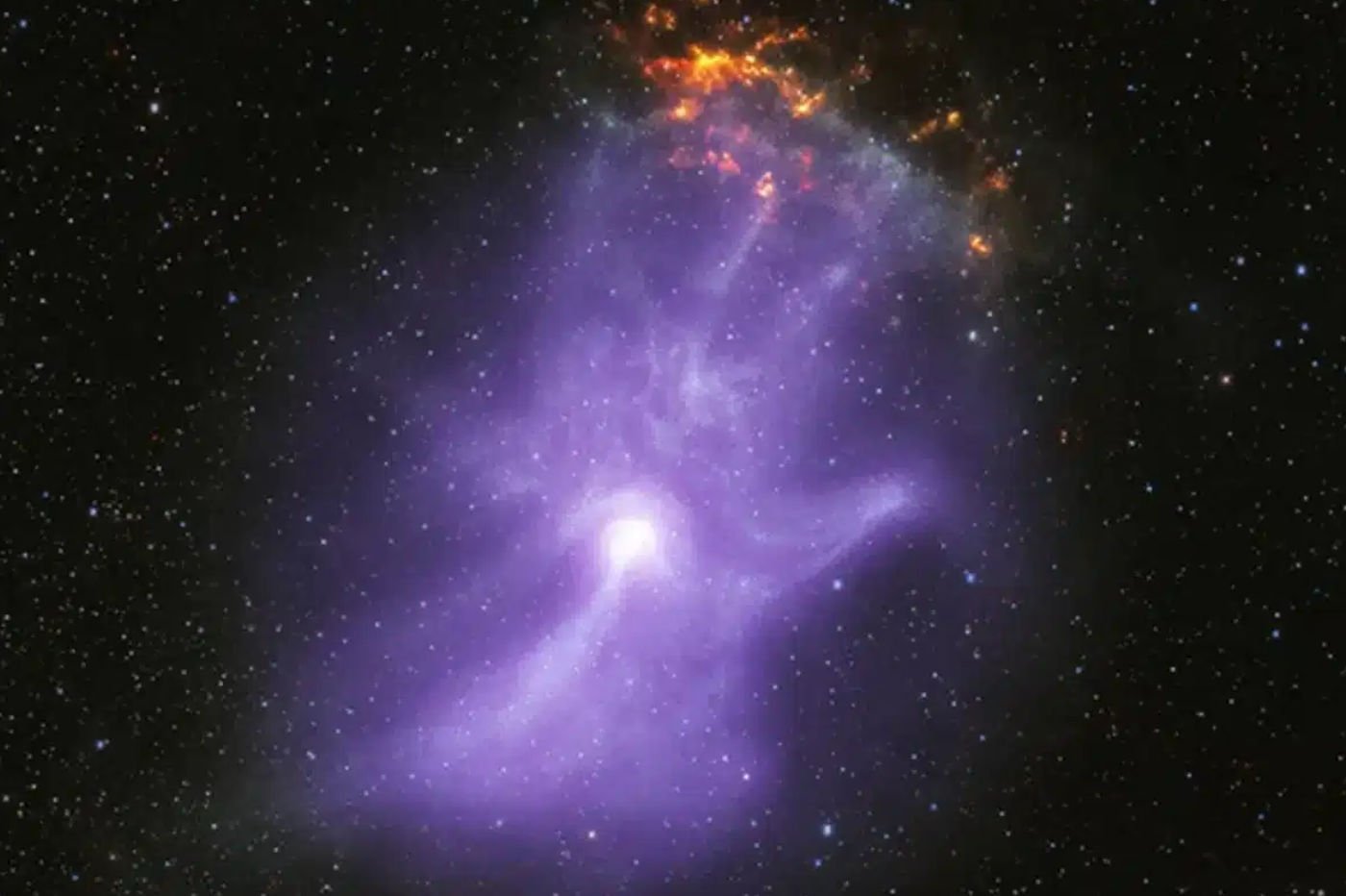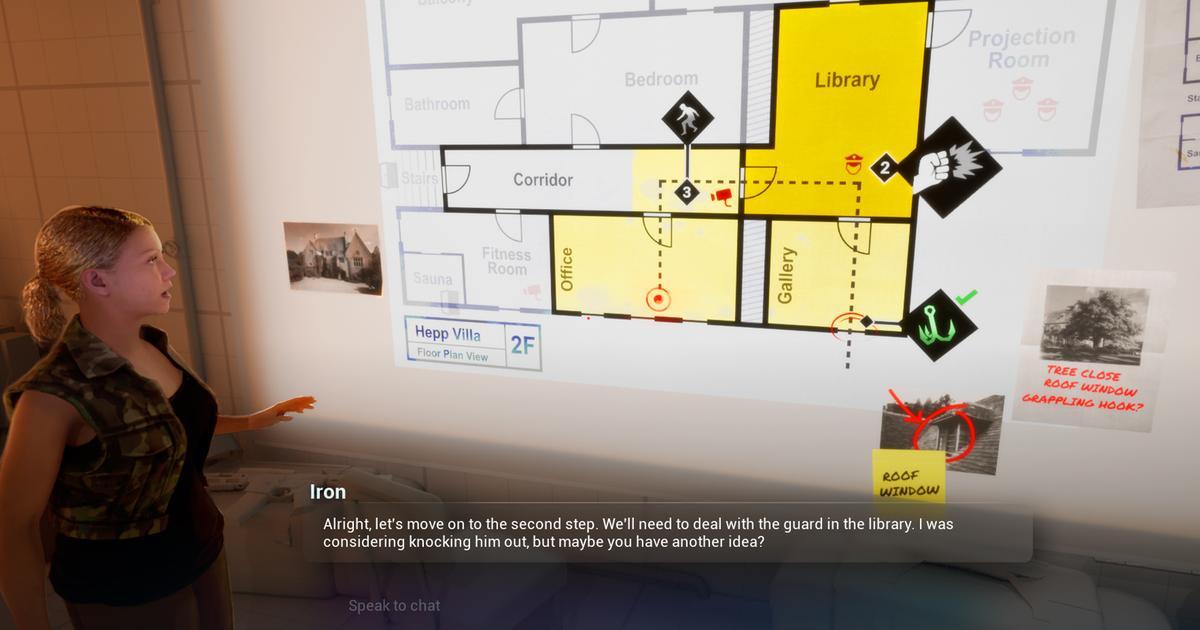How did the James Webb Telescope end a 37-year debate with a single photo?

In 1987, a blue giant, a star 20 times more massive than the Sun, was dying. According to the theory of supernovas, the star had to “explode” releasing a ferocious mass of gas and dust into space. At the time, these deaths of massive stars were very little known and the case of SN 1987A would become a real reference in the astronomical world.
Since then, researchers around the world have studied the data collected by ground-based and space telescopes on this phenomenon. All the observations perfectly corresponded to the theories put forward decades ago by Albert Einstein in particular.
The most studied supernova in history?
Although this supernova quickly received the unofficial title of “the most studied supernova in history”, it still remained shrouded in mystery and astronomers around the world eagerly awaited the results of the James Webb Space Telescope on the subject. More powerful than any instrument sent into space, the James Webb Telescope also has the ability to observe objects in the infrared light spectrum, invisible to the naked eye.
This unique ability allows it to “cross” the pocket of gas and dust surrounding a supernova to observe its heart, the star’s “stellar corpse.” This small part of the supernova was hidden from scientists for almost 40 years, and today they are discovering its properties.
Neutron star or black hole?
This observation was a first for the scientific world. If the theories tried to describe on paper the behavior expected of a star after a supernova explosion, no evidence was ever provided to support the paper’s ideas.
After the explosion of a star 8 to 10 times more massive than the Sun, the latter usually transforms into a neutron star. Its size decreases significantly to reach only 10 km in diameter. It still retains mass close to the Sun and this imbalance between mass and size can lead to the formation of black holes.

If scientists today agree that it takes at least 30 solar masses for a supernova to form a black hole, they also lacked evidence to support their arguments. This has now been done with the work of James Webb.
An international team of researchers has just published an article in a prestigious journal Science showing that SN 1987A formed a neutron star after its explosion. For astrophysicist Mike Barlow, a professor at the University of London, the presence of spectral lines of argon and sulfur is the necessary demonstration to prove the presence of a neutron star at the heart of a young nebula.
Circumstantial evidence
So scientists did not “see” a neutron star at the heart of SN 1987A. On the other hand, they saw “signatures” of its existence along these two spectral lines. According to Mike Barlow, the emission of ionized argon and sulfur radiation cannot be linked to the presence of a black hole. So this is proof of the existence of a neutron star at the heart of a cluster of gas and dust.

With this new study on SN 1987A, scientists have put an end to more than 30 years of research and theories surrounding one of the most beautiful mysteries of modern astronomy. If this discovery only confirms current theories, the data collected by James Webb should serve as a “model” for other observable supernovae.
The discovery of neutron stars at the heart of the nebula could explode in the coming years thanks to this titanic work carried out by Mike Barlow and his teams.
🟣 To never miss any news on Journal du Geek, subscribe to Google News. And if you love us, we have a newsletter every morning.





